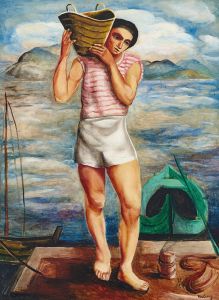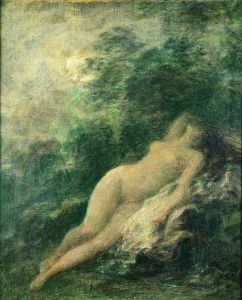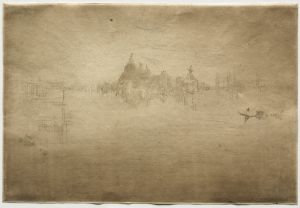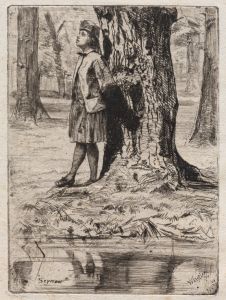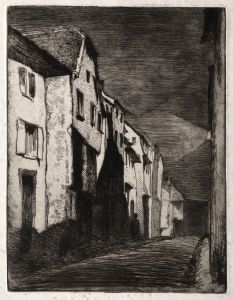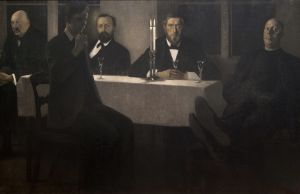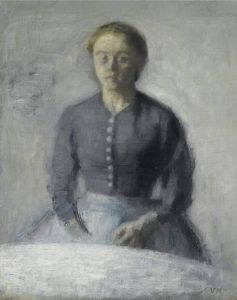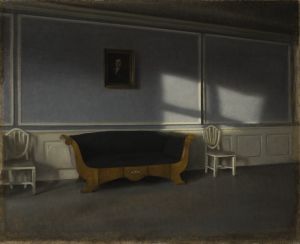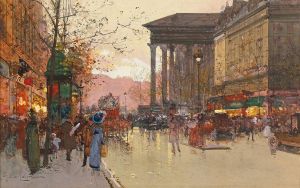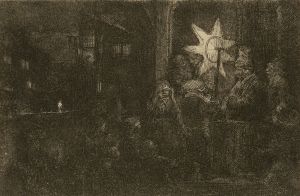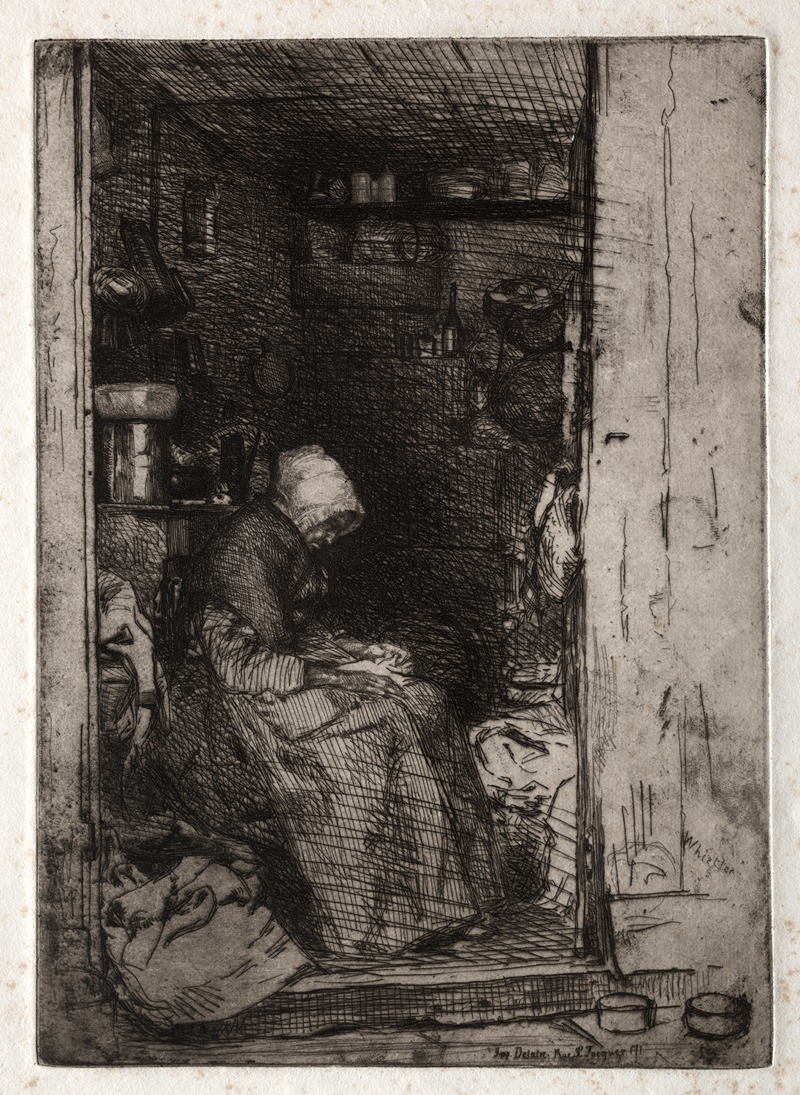
La Veille aux Loques
A hand-painted replica of James Abbott McNeill Whistler’s masterpiece La Veille aux Loques, meticulously crafted by professional artists to capture the true essence of the original. Each piece is created with museum-quality canvas and rare mineral pigments, carefully painted by experienced artists with delicate brushstrokes and rich, layered colors to perfectly recreate the texture of the original artwork. Unlike machine-printed reproductions, this hand-painted version brings the painting to life, infused with the artist’s emotions and skill in every stroke. Whether for personal collection or home decoration, it instantly elevates the artistic atmosphere of any space.
James Abbott McNeill Whistler was an American artist known for his paintings and etchings, and he played a significant role in the aesthetic movement, which emphasized art for art's sake. One of his lesser-known works is "La Veille aux Loques," a painting that reflects Whistler's interest in capturing the nuances of everyday life and his mastery of tonal harmony.
"La Veille aux Loques," which translates to "The Vigil of the Ragpickers," was created during a period when Whistler was deeply engaged with the artistic communities in Paris and London. This painting is part of Whistler's exploration of urban scenes and the lives of ordinary people, a theme that was prevalent in much of his work during the late 19th century. Whistler's approach often involved a subdued palette and a focus on mood and atmosphere rather than detailed realism.
The painting depicts a scene of ragpickers, individuals who collected and sold rags and other discarded materials for a living. This subject matter was not uncommon in the art of the time, as many artists sought to portray the realities of urban poverty and the working class. Whistler's treatment of the subject, however, is distinct in its emphasis on composition and tonal harmony, elements that were central to his artistic philosophy.
Whistler was known for his innovative use of color and his ability to create harmony within his compositions. In "La Veille aux Loques," he employs a muted color palette, using shades of gray, brown, and blue to evoke a somber and contemplative mood. This choice of colors not only reflects the dreariness of the ragpickers' environment but also highlights Whistler's belief in the aesthetic value of tonal balance.
The composition of the painting is carefully arranged to draw the viewer's eye across the canvas, creating a sense of movement and life within the scene. Whistler's brushwork is both delicate and deliberate, capturing the textures of the ragpickers' clothing and the surrounding environment with subtlety and precision. This attention to detail, combined with his focus on tonal harmony, demonstrates Whistler's commitment to creating art that transcends mere representation and engages the viewer on an emotional level.
Whistler's work, including "La Veille aux Loques," was often met with mixed reactions from critics and the public. While some appreciated his innovative approach and emphasis on aesthetic principles, others were less receptive to his departure from traditional artistic conventions. Despite this, Whistler's influence on the art world was significant, and his contributions to the aesthetic movement helped pave the way for future generations of artists.
In summary, "La Veille aux Loques" is a testament to James Abbott McNeill Whistler's artistic vision and his ability to capture the essence of everyday life through his unique approach to composition and color. The painting reflects his interest in the lives of ordinary people and his commitment to the principles of aestheticism, making it a noteworthy example of his work during this period.





